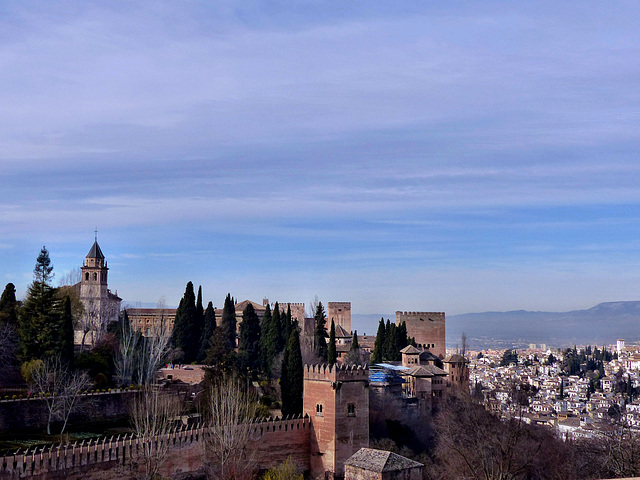Granada - Palacio de Generalife
Granada - Palacio de Generalife
Granada - Palacio de Generalife
Granada - Palacio de Generalife
Granada - Palacio de Generalife
Granada - Palacio de Generalife
Detmold - Gumball Machine
Cologne - Achternstrasse
Cologne
Cologne - Cathedral
Cologne - Cathedral
Cologne - Cathedral
Cologne - Kaiser Wilhelm II
Cologne - Aurora
Cologne - Café Central
Cologne - Café Central
Cologne - MAKK
Cologne - Adolph Kolping
Cologne - Schaafenstrasse
Cologne - Heilig Kreuz
Cologne - Roonstrasse
Cologne - Hafenamt
Cologne - Dasselstrasse
Granada - Alhambra
Granada - Cathedral
Granada - Alhambra
Granada - Alhambra
Granada - Alhambra
Granada - Alhambra
Granada - Alhambra
Granada - Alhambra
Granada - Alhambra
Granada
Sierra Nevada
Frigiliana
Frigiliana
Frigiliana
Frigiliana
Torremolinos
El Torcal de Antequera
El Torcal de Antequera
Antequera - Alcazaba
Córdoba - Minaret of San Juan
Córdoba - Plaza de las Tendillas
Córdoba - Teatro Gongora
Location
Lat, Lng:
You can copy the above to your favourite mapping app.
Address: unknown
You can copy the above to your favourite mapping app.
Address: unknown
See also...
Keywords
Authorizations, license
-
Visible by: Everyone -
All rights reserved
-
207 visits
Granada - Alhambra


A small fortress was built in 889 on the remains of Roman fortifications on which in the mid-13th century the Alhambra, a large palace and fortress complex, got erected by the Nasrid Emir Mohammed ben Al-Ahmar. In 1333 it was converted into a royal palace by Yusuf I, Sultan of Granada.
After the Reconquista in 1492, the site became the Royal Court of Ferdinand II of Aragon and his wife Isabella I of Castile. The palaces were partially altered in the Renaissance style. A palace better befitting the Holy Roman Emperor Charles V was completed due to Morisco rebellions in Granada.
In 1526 Charles V commissioned a new palace better befitting the Holy Roman Emperor, but this was ultimately never completed due to Morisco rebellions.
The Alhambra complex, having fallen in disrepair, was rediscovered following the defeat of Napoleon, who had conducted retaliatory destruction of the site. The rediscoverers were first British intellectuals and then other travelers. One of them was the US-author Washington Irving, who published "Tales of the Alhambra" in 1832.
Today the well restored Alhambra is one of Spain's major tourist attractions, though tourists with no prebooked tickets, won´t see it all.
The Alhambra seen from the neighbouring "Palacio de Generalife".
After the Reconquista in 1492, the site became the Royal Court of Ferdinand II of Aragon and his wife Isabella I of Castile. The palaces were partially altered in the Renaissance style. A palace better befitting the Holy Roman Emperor Charles V was completed due to Morisco rebellions in Granada.
In 1526 Charles V commissioned a new palace better befitting the Holy Roman Emperor, but this was ultimately never completed due to Morisco rebellions.
The Alhambra complex, having fallen in disrepair, was rediscovered following the defeat of Napoleon, who had conducted retaliatory destruction of the site. The rediscoverers were first British intellectuals and then other travelers. One of them was the US-author Washington Irving, who published "Tales of the Alhambra" in 1832.
Today the well restored Alhambra is one of Spain's major tourist attractions, though tourists with no prebooked tickets, won´t see it all.
The Alhambra seen from the neighbouring "Palacio de Generalife".
- Keyboard shortcuts:
Jump to top
RSS feed- Latest comments - Subscribe to the comment feeds of this photo
- ipernity © 2007-2025
- Help & Contact
|
Club news
|
About ipernity
|
History |
ipernity Club & Prices |
Guide of good conduct
Donate | Group guidelines | Privacy policy | Terms of use | Statutes | In memoria -
Facebook
Twitter

Sign-in to write a comment.